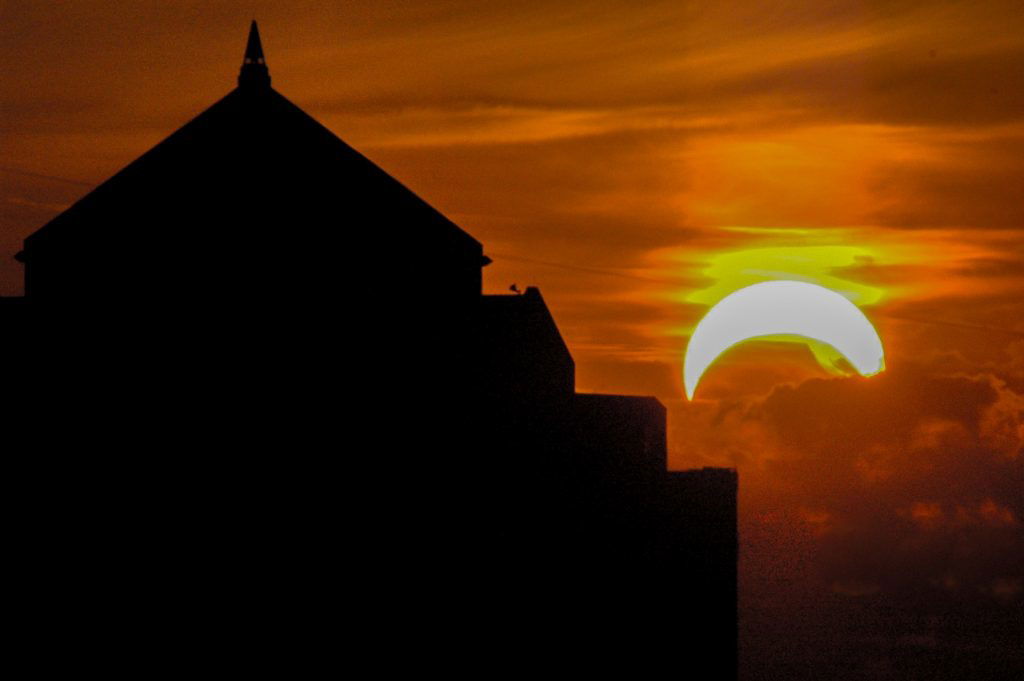Unless you were hiding under a rock, you probably at least heard about the solar eclipse that North America was treated to recently. Even if you didn’t gamble on your retinas and stare at it, it’s very easy to see that it was a huge deal to a lot of people. Many people, scientists and amateur star enthusiasts alike, headed towards the best locations along the path of the total solar eclipse that streaked across the United States.
There was a wide-ranging path of totality that many Americans witnessed. This path, where the moon fully covered the sun and the sun’s tenuous atmosphere (the corona) was seen, and stretched from Lincoln Beach, Oregon to Charleston, South Carolina. Observers outside this path saw a partial solar eclipse where the moon covered part of the sun’s disk.
So what exactly was this happening? This celestial event was a solar eclipse in which the moon passed between the sun and Earth and blocked all or part of the sun for up to about three hours, from beginning to end, as viewed from a given location. The longest period of blackout was approximately two minutes and forty seconds, if you can recall. The last time the contiguous U.S. saw a total eclipse was in 1979.
Additionally, warnings had been made about eye safety in the build-up to the eclipse, with people told they should not look at the Sun directly with the naked eye, and instead wear eye-wear that will protect your retinas.
But the eclipse wasn’t just a huge social occasion, it also speaks to environmental policies and sentiments.
“As the utility sector prepares for the short-term impact of a solar eclipse, a much larger problem looms for solar advocates- the diminishing value of intermittent solar as a reliable source of electricity,” said Thomas Pyle, president of the Institute for Energy Research, regarding the eclipse.
This also speaks to grid reliability and begs the question, do recent changes to the way power is generated in the United States (using renewable sources) mean the nation’s grid operators will not have enough power plants to meet electricity needs when the wind isn’t blowing or the sun isn’t shining?
The concern over grid reliability got a real-world test on Monday when the moon cast its shadow across the continental United States from Oregon to South Carolina, threatening solar energy generation in the top two states for solar capacity- California and North Carolina.
Things seemed to go swimmingly all over the country, though. The eclipse didn’t inhibit the California Independent System Operator (CAISO), which delivers 80 percent of the country’s solar energy. Things went similarly well in North Carolina. There, Duke Energy had readied natural gas-fired generators to make up for lost solar power in a state second only to California in total solar capacity. All in all, the day taught us that we do have the energy capacity to handle Mother Nature, but that won’t necessarily always be the case.
Switch to City Power and Gas, the leading electric and gas company in New York. Save on energy expenses today with our competitive rates and excellent customer service!
